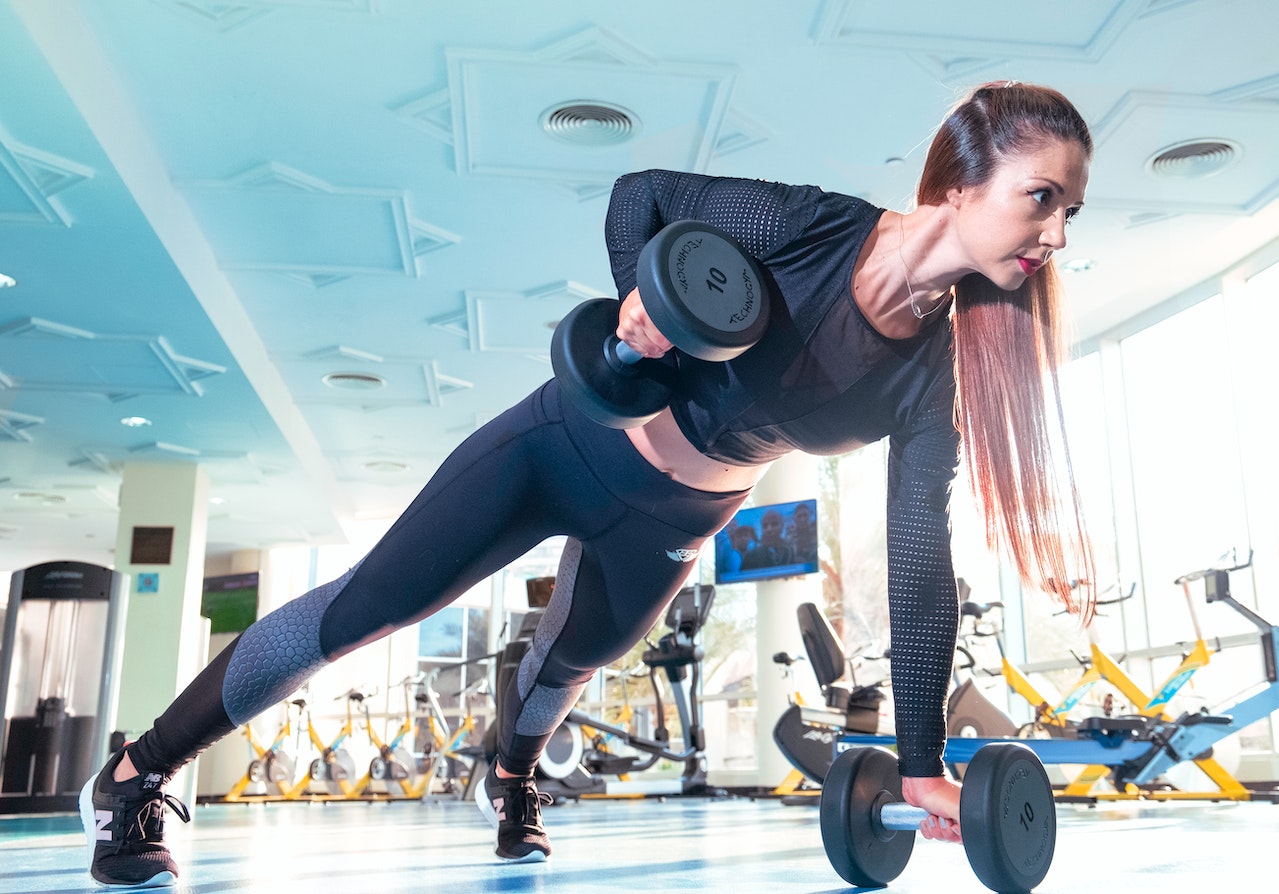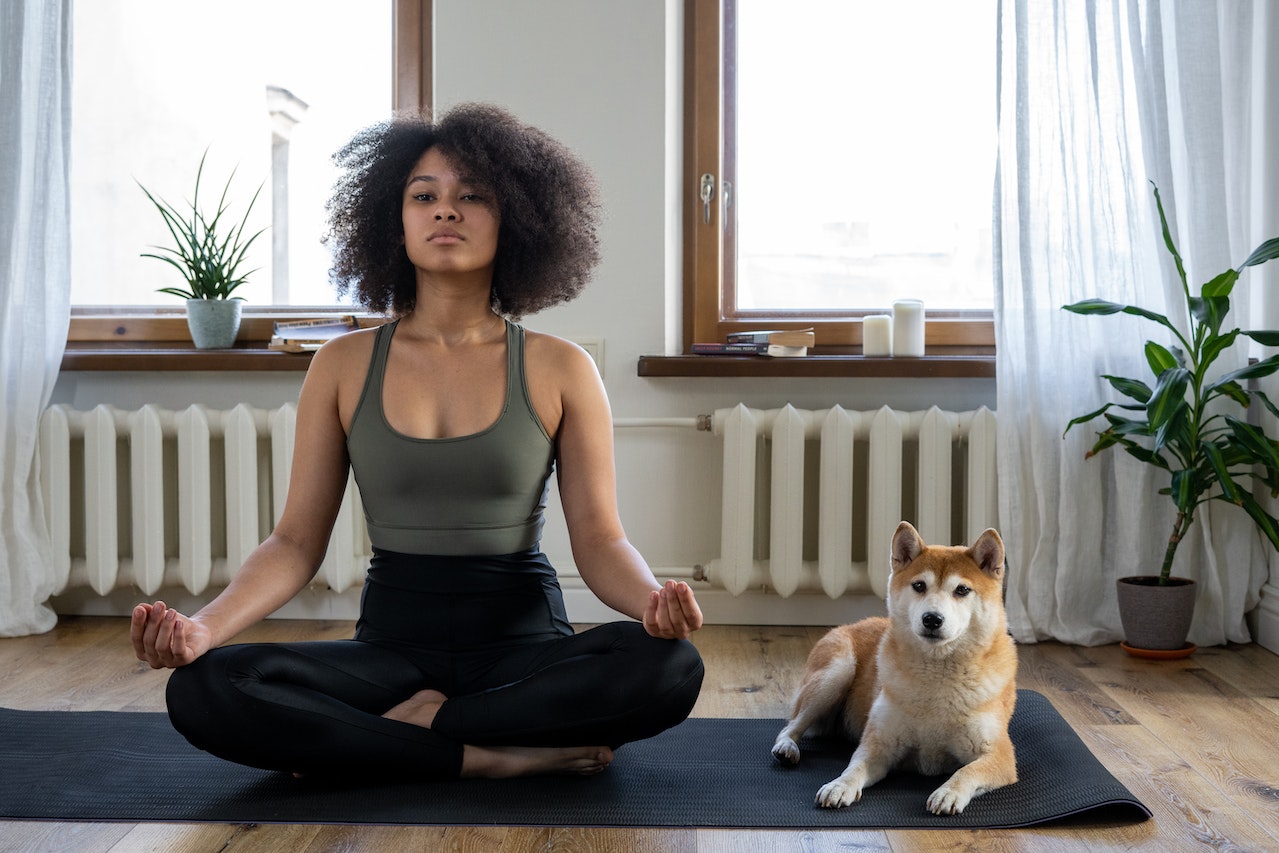Fitness Influencer Then vs Now: The Evolution of Fitness Influencers and Their Impact on Social Media
In recent years, social media has taken the world by storm, with platforms like Instagram, YouTube, and TikTok becoming dominant forces in the digital realm. Alongside this digital revolution, a new breed of influencers has emerged, known as fitness influencers. Fitness influencers are individuals who use their social media platforms to inspire and motivate others to lead healthy, active lifestyles. However, the landscape of fitness influencers has evolved significantly over time, with notable differences between fitness influencers then and now. In this article, we will explore the transformation of fitness influencer then vs now, and the impact they have on social media.

Fitness influencers
Fitness influencers, also known as fitness bloggers, originated in the early 2000s when blogs were the primary medium for sharing content online. These early fitness influencers would create blogs or websites where they would share their personal fitness journeys, including their workouts, diets, and progress photos. These blogs gained popularity among fitness enthusiasts who were seeking inspiration, guidance, and motivation to achieve their fitness goals.
Back then, fitness influencers were often ordinary people who had a passion for fitness and a desire to share their knowledge and experiences. They would document their fitness journeys and share their progress, struggles, and successes with their readers. Fitness influencers relied heavily on written content, using blog posts as their primary means of communication. They would share their personal stories, tips, and advice through lengthy blog posts, sometimes accompanied by pictures.
In terms of the type of content, fitness influencers then focused more on traditional fitness routines, workout plans, and nutrition tips. The content was more informational and educational, providing detailed explanations of various exercises, diet plans, and fitness challenges. These fitness influencers were also more likely to use scientific references and research to support their claims and recommendations.
key differences
Another key difference between fitness influencers then and now is the way they interacted with their audience. Back then, fitness influencers had a more personal and one-on-one relationship with their readers. They would engage with their followers through blog comments, email newsletters, and social media platforms that were just starting to gain popularity, such as Facebook and Twitter. The interactions were more intimate and focused on building a community of like-minded individuals who shared a passion for fitness and health.
present day fitness influencers
Fast forward to the present day, and the landscape of fitness influencers has dramatically changed. Social media platforms, especially Instagram and YouTube, have become the primary channels for fitness influencers to share their content and connect with their audience. Fitness influencers now rely heavily on visual content, such as pictures and videos, to engage their followers and convey their messages. Platforms like Instagram have become a hub for fitness influencers to share their workout routines, meal prep ideas, progress photos, and lifestyle tips.
The content of fitness influencers has also evolved to be more diverse and creative. Fitness influencers now incorporate a broader range of fitness activities, such as yoga, HIIT workouts, weightlifting, and dance, among others. They also emphasize overall wellness, including mental health, self-care, and mindfulness, as part of their fitness journey. Additionally, fitness influencers now often collaborate with other influencers, brands, and fitness professionals to create more engaging and dynamic content.
increased focus on aesthetics and appearance
One significant shift in fitness influencers’ content is the increased focus on aesthetics and appearance. With the rise of Instagram as the dominant platform for fitness influencers, there has been a shift towards a more curated and visually appealing representation of fitness. Fitness influencers now pay more attention to their physical appearance, using filters, professional photography, and perfect lighting to create a visually appealing feed that attracts more followers. There is often a focus on showcasing a fit and toned body, which can create unrealistic beauty standards and promote comparison culture among their followers.

Unlock your online potential with the 5-day Boost Your Followers Challenge. Learn proven strategies to master social media and online influence in just 5 days!

